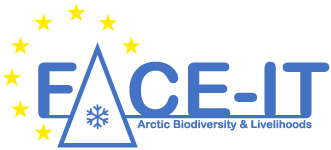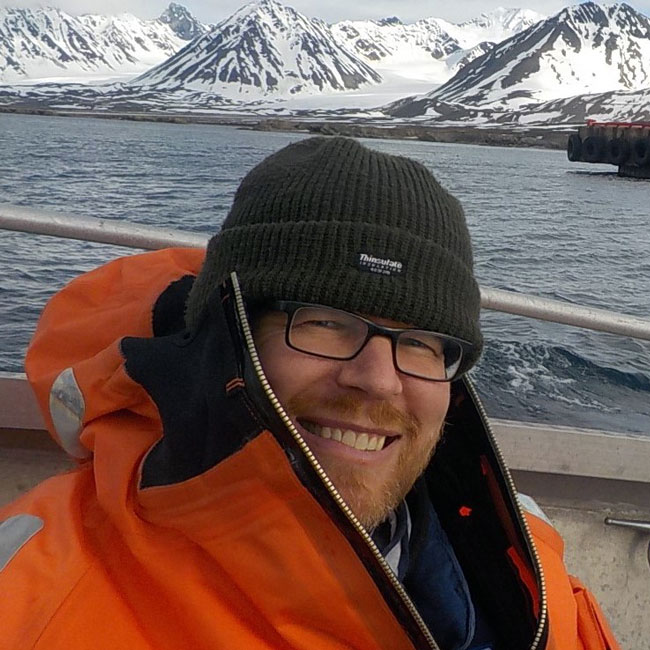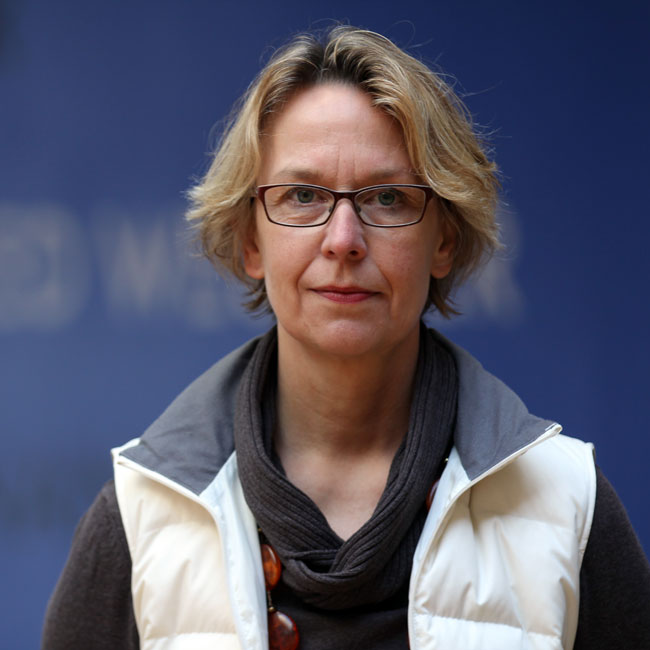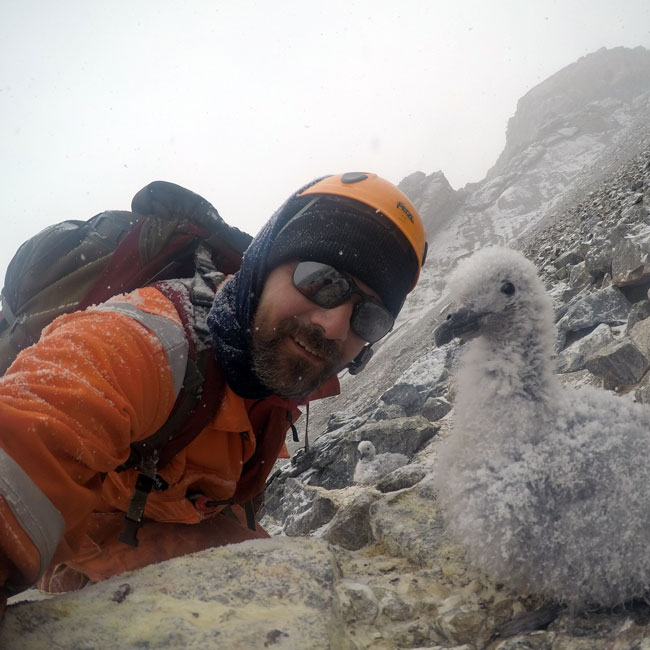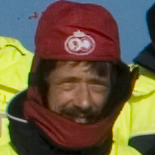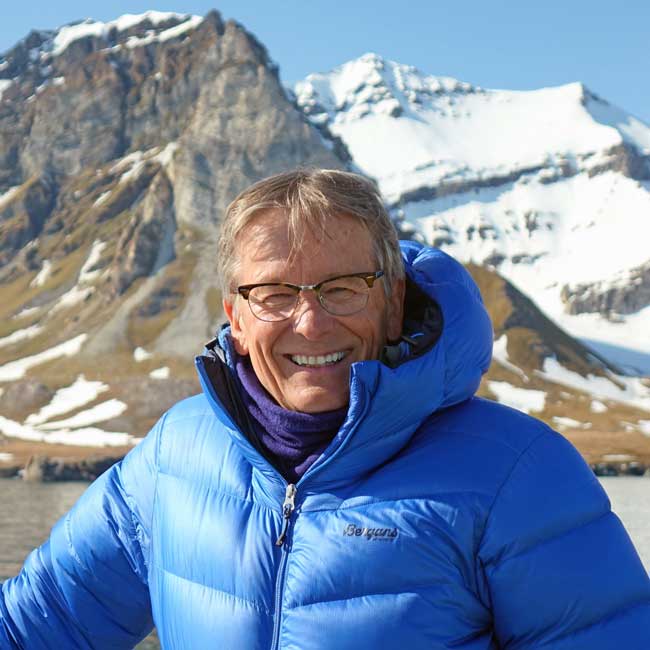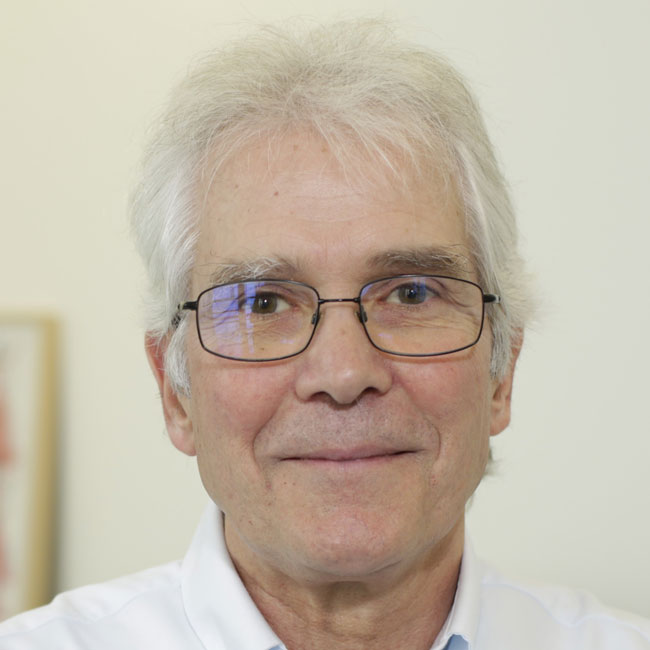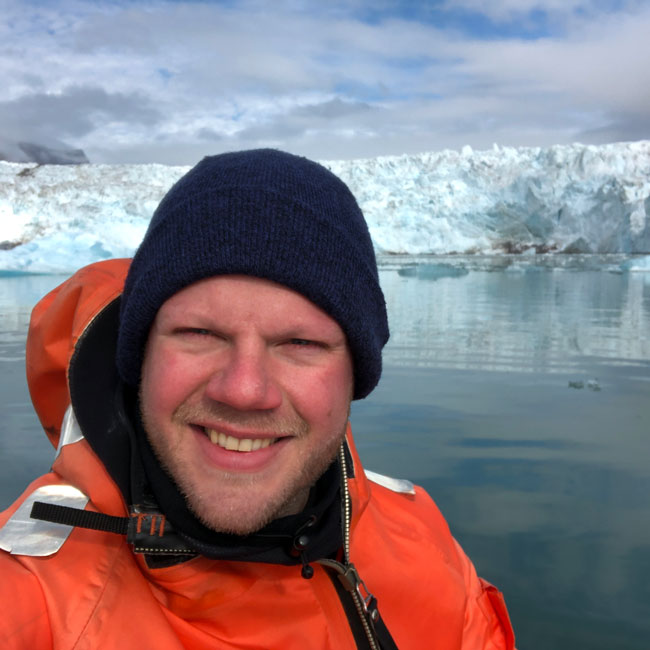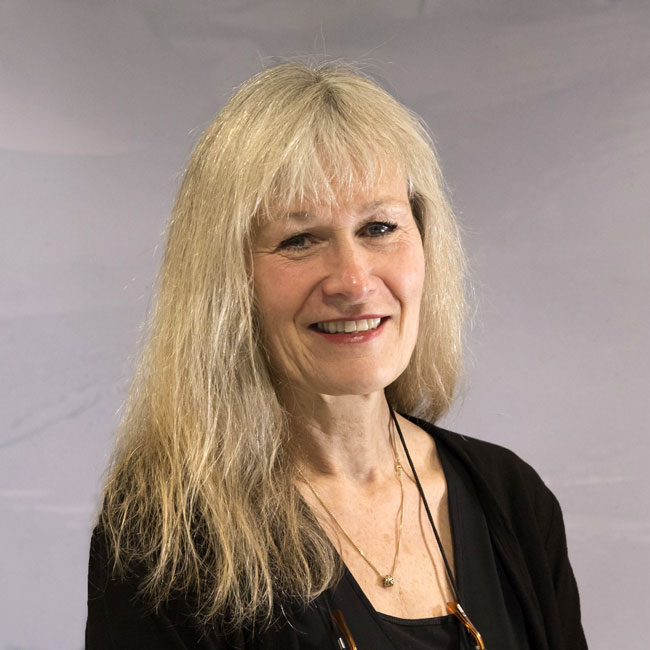Cryosphere reduction and related shifts in Arctic biodiversity: A large-scale European research project from the Ny-Ålesund perspective
The Ny-Ålesund research station has a long tradition in international and interdisciplinary research cooperation, which has been fostered by the ever-increasing interaction within and between the four flagship programs operated by NySMaC. One critical challenge for the research being conducted at the Ny-Ålesund Research and Monitoring facility has been the integration of research findings from Kongsfjorden in a pan-Arctic perspective. With its kick-off on 01 November 2020, the EU-funded Horizon2020 project “The future of Arctic coastal ecosystems – Identifying transitions in fjord systems and adjacent coastal areas” (FACE-IT) sets out to provide the first large-scale systematic comparison of coastal areas under variable degrees of cryosphere loss. The project aims for a holistic understanding of the consequences of climate warming for Arctic marine biodiversity and Arctic societies. The consortium that comprises FACE-IT includes 14 institutions from eight different countries; the project is coordinated by the University of Bremen (Germany). Using a strongly comparative approach, the project will investigate seven fjord systems across the European Arctic along a gradient of borealization and cryosphere loss. Within this network, Kongsfjorden represents a system in transition from Arctic to boreal conditions. For the summer season of 2021, Kongsfjorden and Ny-Ålesund are hotspots for FACE-IT activities.
Cryosphere conditions at Kongsfjorden
Land-fast sea ice in inner Kongsfjorden was investigated during a 1-week field campaign in April 2021, lead by the Norwegian Polar Institute. At that time, solid land-fast sea ice was only present in protected inner bays in the fjord – Raudvika and eastern Dyrevika. In other parts of Kongsfjorden there was either no ice or drifting ice. Thin young ice classes were observed, including pancake ice, which are highly relevant for surface energy fluxes, and especially the light budget in the upper water layers. Measurements of sea ice and snow thickness were conducted, as part of Norwegian Polar Institute’s long-term monitoring of Svalbard sea ice. The survey is also linked to biogeochemical studies in inner Kongsfjorden, with scientists from Norway, Finland, and Germany undertaking research. Beyond the survey week in April 2021, personnel from the Norwegian Polar Institute, based in Ny-Ålesund, revisited the fjord ice later in spring for additional measurements.
Measurements of the mass balance of glaciers in Kongsfjorden have been conducted for decades as part of Norwegian Polar Institute’s long-term monitoring of glaciers in Svalbard. Mass balance field work was conducted in May 2021 and will be followed up by new measurements in October 2021.
Changes in benthic communities
Changes in benthic communities as a result of global warming represent one of the research priorities during the 2021 summer campaign that will be hosted by the AWIPEV research station. A key focus in this research effort is the study of the extensive seaweed community in Kongsfjorden. The team from Bremen University will assess the impact of increasing glacial run-off on the underwater light regime and, consequently on light availability, and the impacts on photosynthesis, primary production, and vertical distribution of seaweeds, in particular kelps. An integrated experimental approach utilizing the marine lab facilities in Ny-Ålesund will allow the research team to analyse the combined effects of changing light climate and increasing temperature in the Arctic, hence contributing to the understanding of future fjord ecosystem transitions. The change in biodiversity, biomass and population structure of the seaweed community of Kongsfjorden is being assessed by the team from the Alfred Wegener Institute (Bremerhaven, Germany), who will continue a time-series in the sublittoral zone off Hansneset. Supported by AWI SCUBA divers, the team quantitatively samples all seaweed species along a depth gradient between 0 and 15 m and determines depth distribution of kelps and biomass, CN values, leaf area, age, and density of species as proxies for environmental change in the community that may have taken place during the last decade. To better understand variability in seaweed biodiversity, specimens are also collected at a few intertidal sites along the fjord axis. The outer fjord is interesting as new incomers facilitated by ongoing Atlantification are likely to establish there first. In addition, colleagues from the universities of Tromsø and Bremen will characterise shifts in the seaweed-associated fauna.
In a large-scale mesocosm-based perturbation experiment, the team from Sorbonne University (Villefranche, France) will assess the effects of climate change on benthic communities. In a controlled outdoor tank system, artificial benthic communities will be exposed to manipulated temperature, salinity and irradiance regimes. Benthic biodiversity will be compared using eDNA and traditional estimates in cooperation with the AWI team. Furthermore, recruitment plates will be deployed along the salinity gradient in parallel to the start of a one-year time-series of salinity, temperature and light at four benthic sites along the salinity gradient from the outer toward the inner fjord.
Impacts on seabirds and mammals
The impact of cryospheric change on higher trophic levels will be studied mostly by the team from the Norwegian Polar Institute, hosted at Sverdrup Station. The monitoring of seabirds will be conducted in June and July 2021 in Kongsfjorden as well as in Isfjorden. This entails population, demographic, and diet monitoring on several species including the black-legged kittiwake, Brünnich’s guillemot, glaucous gull, common eider and the little auk. Some of this monitoring started in the 1980s and the continuation of this long-term time-series will be at the core of the FACE-IT seabird work.
The marine mammal team in FACE-IT will commence surveys of site use by harbour seals in Kongsfjorden, and continue their capture, tagging and sampling programme for the three resident seals in the fjord (ringed, bearded and harbour seals) in late summer 2021. During spring 2022 and 2023 drone-flown abundance determinations for the seals will be conducted. The time-series of bearded seal pup production and growth will be continued as well within FACE-IT. Further activities of the team include fish acoustics surveys and a fish collection programme for seal (& fish) dietary studies, health assessment, and toxicology. Furthermore, the broader usage of the fjord by non-resident marine mammals will be assessed via an ongoing sightings programme and passive acoustic monitoring.
Integration and transfer
All data collected will feed into food web and ecosystems models. The modelling team at the Norwegian Polar Institute will fine-tune the Kongsfjorden 3D coupled physical-biogeochemical model of the ocean and the sea ice and implement a similar model to Young Sound, Greenland, using the Kongsfjorden model as a template. The model includes atmospheric, solar radiation as well as river and ocean forcing. River forcing incorporates results from glaciology modelling and separates forcing from terrestrial and from land-terminating glaciers. This latter is integrated in the model using a plume parameterization, allowing for incorporation of the upwelling effects, driven by subglacial discharges. The biogeochemical components include nutrients, detritus, phyto- and zooplankton. Furthermore, a benthic compartment will be included in the model with corresponding biogeochemical processes.
Parallel to these intense activities in Kongsfjorden, cooperating research teams will be working in Isfjorden and on the east side of Svalbard, in Greenland and in Finnmark. Data integration across sites will ultimately allow identification of mechanisms and consequences of biodiversity changes under shifting cryosphere regimes. A transdisciplinary synthesis will address the societal dimension of cryosphere loss including adaptation and mitigation strategies.
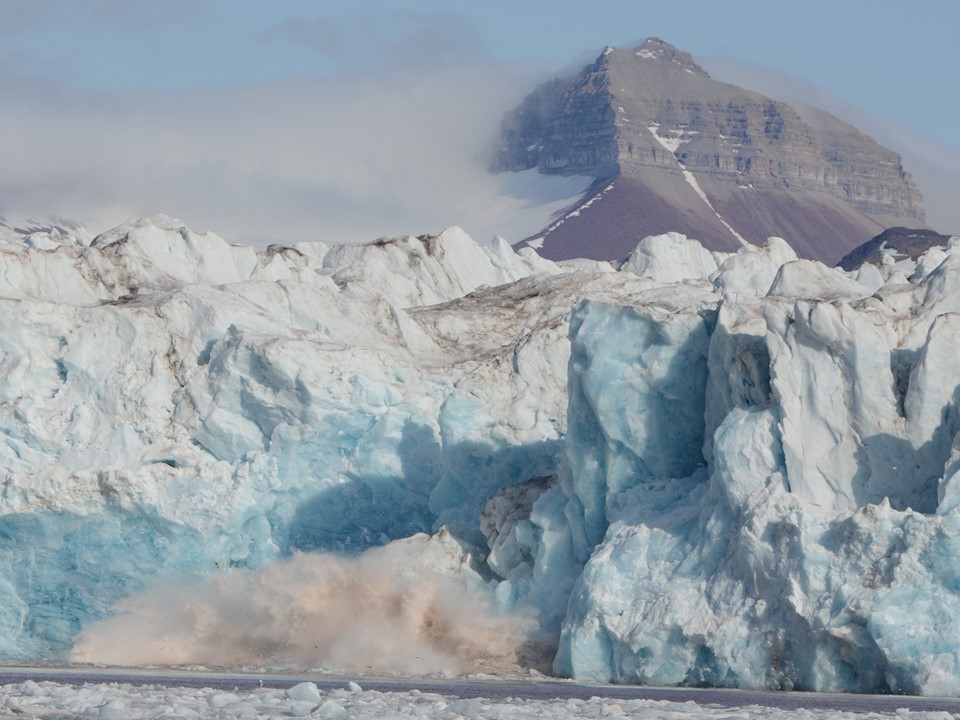
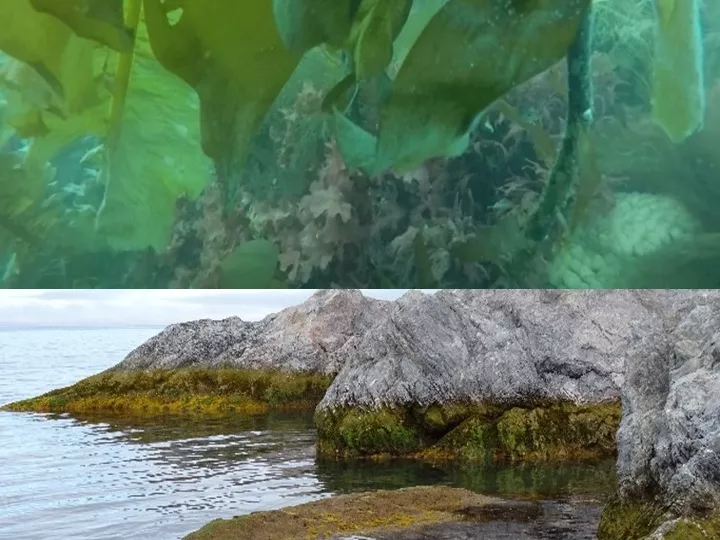
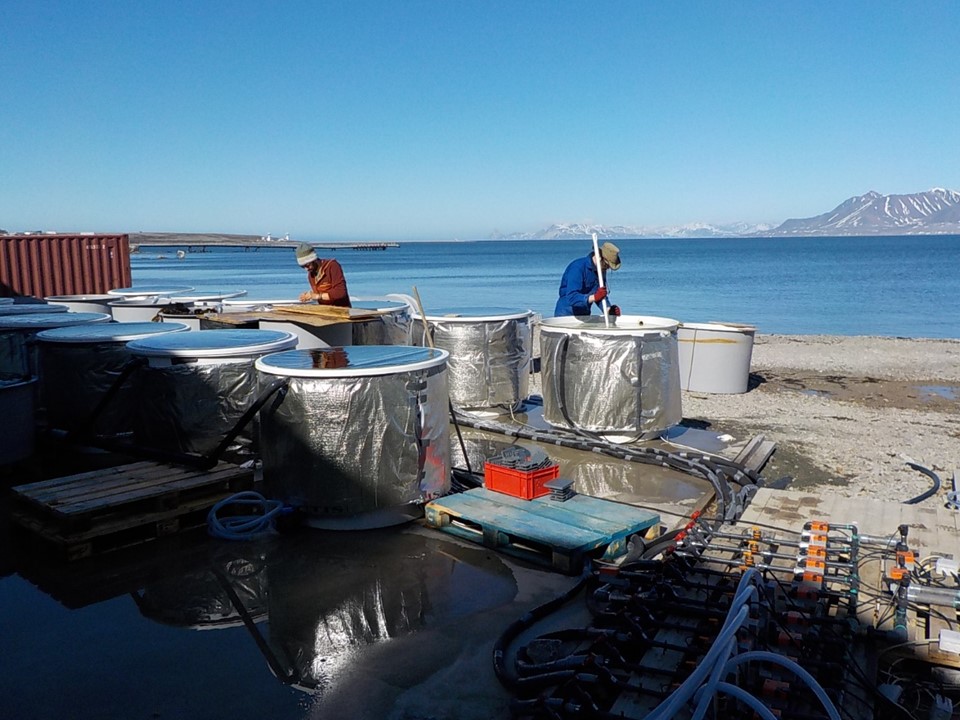
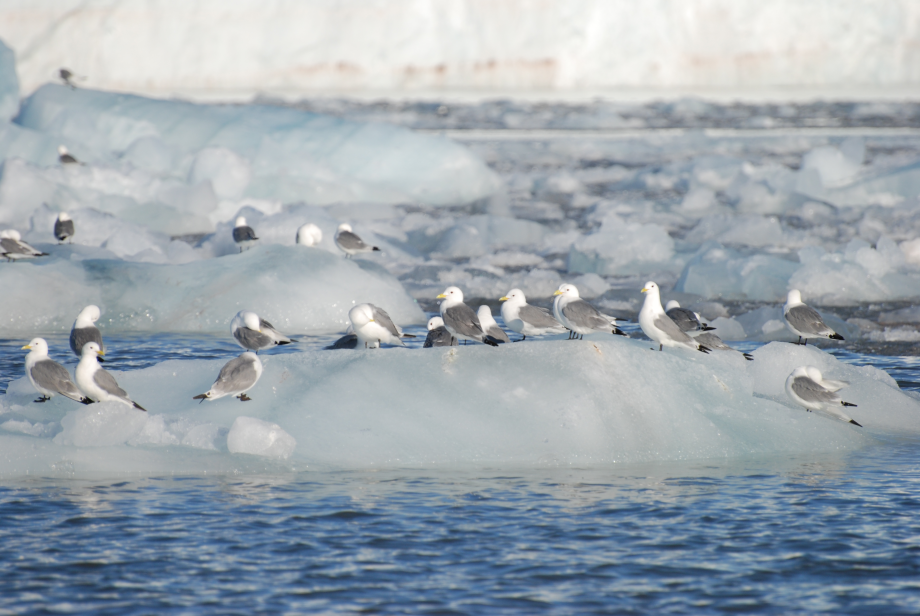
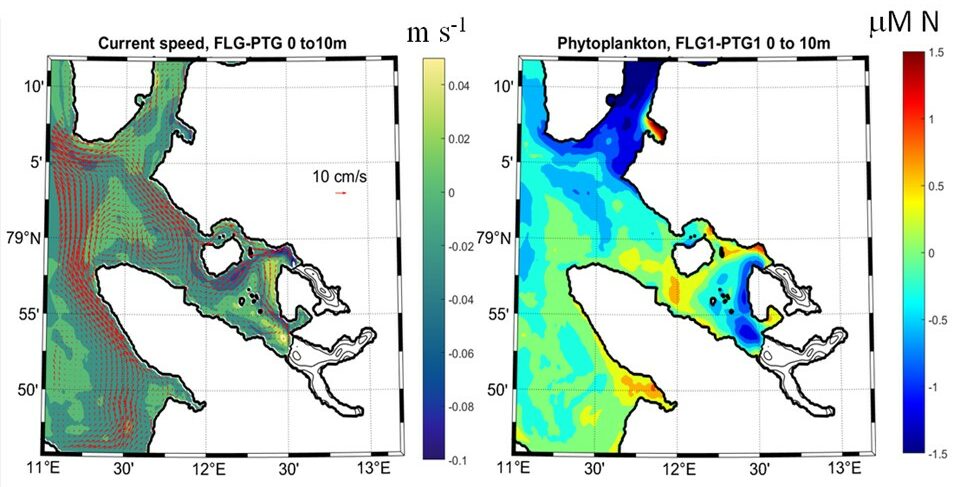
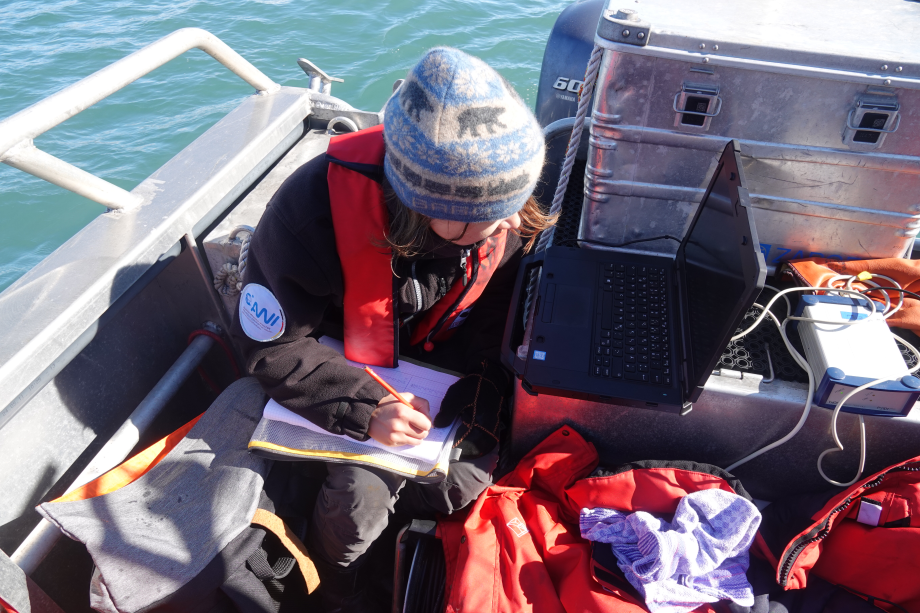
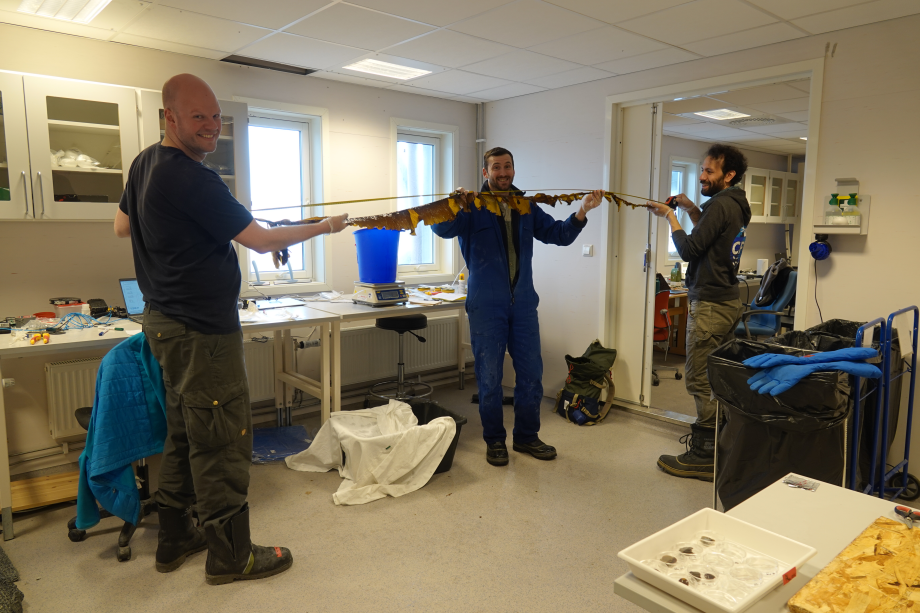
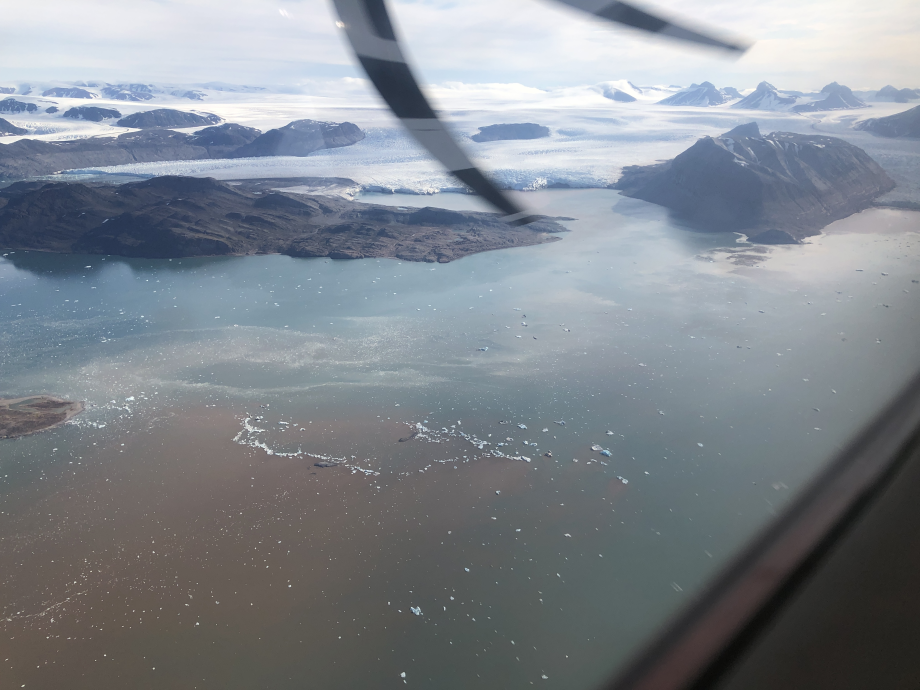
FACE-IT Scientists:
Kai BISCHOF
Marine Botany, University of Bremen, Germany
Center for Marine Environmental Sciences MARUM, University of Bremen, Germany
UBremen personal page
Kai’s FACE-IT Projects
Role in FACE-IT:
• Scientific Coordinator
• Member of the Executive Board
• Co-Leader "Policy Dialogue and Outreach"
• Co-Leader "Project Management"
• Leader "Ethical Requirements"
• Researcher "Biodiversity Changes"
• Researcher "Ecosystem Function Changes"
Inka BARTSCH
Alfred Wegener Institute, Helmholtz Centre for Polar and Marine Research, Bremerhaven, Germany
AWI personal page
Inka’s FACE-IT Projects
Role in FACE-IT:
• Researcher "Biodiversity Changes"
Sébastien DESCAMPS
Norwegian Polar Institute, Tromsø, Norway
Google Scholar personal page
Sebastien’s FACE-IT Projects
Role in FACE-IT:
• Leader "Biodiversity Changes"
Jean-Pierre GATTUSO
Sorbonne Université – CNRS, Laboratoire d’Océanographie de Villefranche, Villefranche sur Mer, France
Personal page
Mastodon
Role in FACE-IT:
• Member of the Executive Board
• Leader "Identify Key Drivers and Data Management"
Sebastian GERLAND
Norwegian Polar Institute, Tromsø, Norway
Sebastian’s FACE-IT Projects
Role in FACE-IT:
• Researcher "Identify Key Drivers and Data Management"
Simon JUNGBLUT
Marine Botany, University of Bremen, Germany
Association of Marine Sciences, Bremen
Society for Natural Sciences NWV, Bremen, Germany
UBremen personal page
ResearchGate
Role in FACE-IT:
• Scientific Project Manager
• Member of the Executive Board
• Co-Leader "Policy Dialogue and Outreach"
• Co-Leader "Project Management"
• Researcher "Biodiversity Changes"
KIT KOVACS
Norwegian Polar Institute, Tromsø, Norway
The University Centre in Svalbard UNIS, Longyearbyen, Svalbard, Norway
NPI personal page
ResearchGate
Kit’s FACE-IT Projects
Role in FACE-IT:
• Researcher "Biodiversity Changes"
